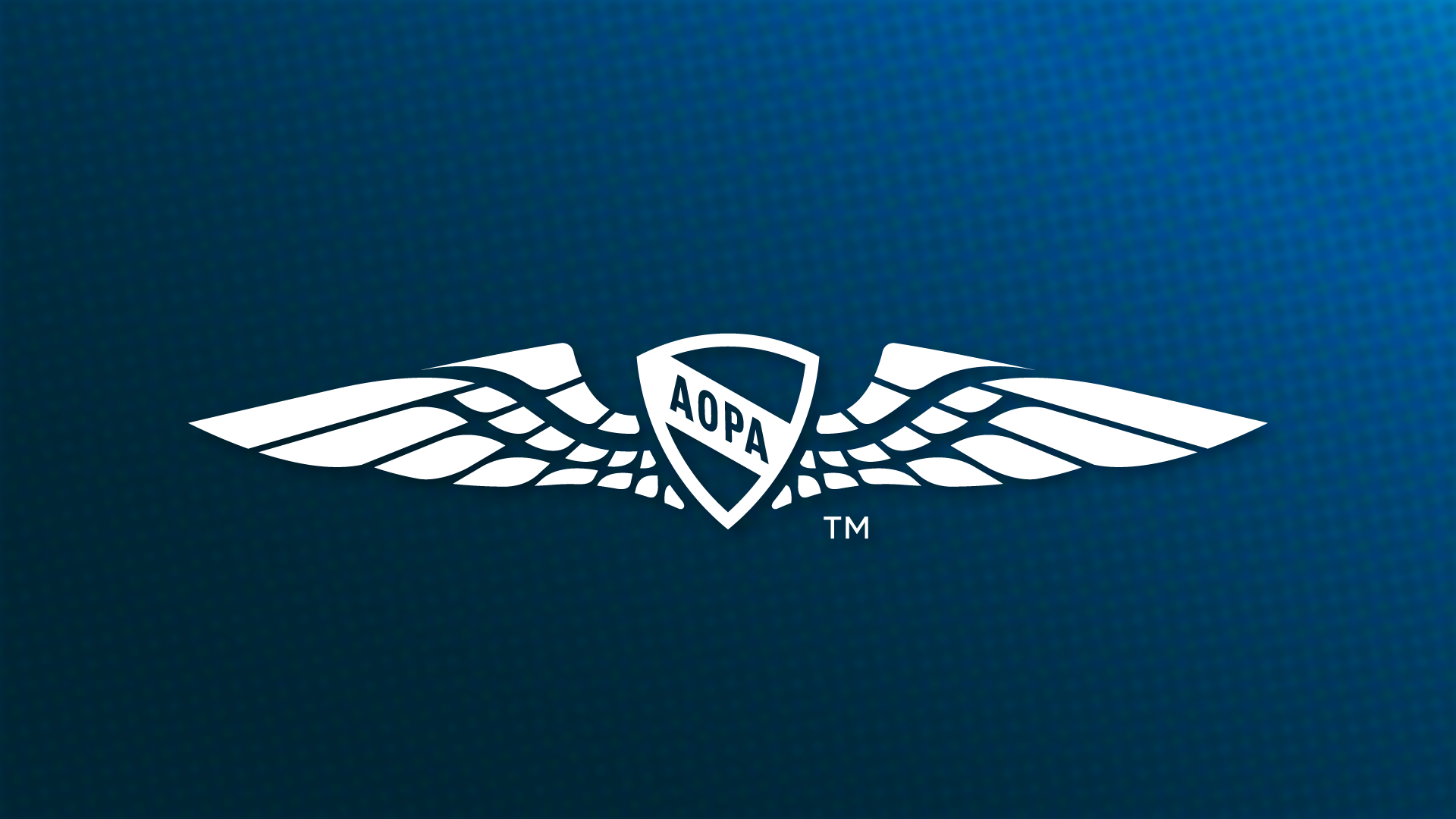On a sectional chart thick magenta lines indicate the boundaries of the outer and inner "rings" of Class C airspace. Generally, the inner ring - or core - is 10 nautical miles in diameter, and the airspace extends from the surface to 4,000 feet above the airport's elevation. The outer ring is 20 nautical miles in diameter, and it generally extends from 1,200 to 4,000 feet above the surface. The rings may have cutouts or be truncated to accommodate adjoining airspace, such as the O'Hare International Class B airspace in the example.
Class C's effective airspace is charted in feet mean sea level, the last two digits are not given, and the floor and ceiling altitudes are divided by a line. In the example, the floor of the outer ring is at 19 - 1,900 feet MSL. The inner ring begins at the surface - SFC. In this example, the T indicates that the top of the Class C airspace is the floor of the over-lying Class B airspace, and you have to check the Class B effective altitudes to learn the top of the Class C airspace.
To enter Class C airspace, a pilot must have at least a student pilot certificate, and be flying an aircraft equipped with a two-way communication radio and a transponder with Mode-C altitude reporting (unless otherwise authorized by ATC). Before entering Class C airspace the pilot must be in two-way radio contact with ATC; adjoining magenta "boxed notes" give the appropriate contact frequencies and instructions. In this example, a VFR pilot should contact Midway Approach Control within 15 nautical miles of the airport on 119.45 MHz. Radio contact is established when ATC responds to the pilot's call using the aircraft's N-number.
Scott M. Spangler


